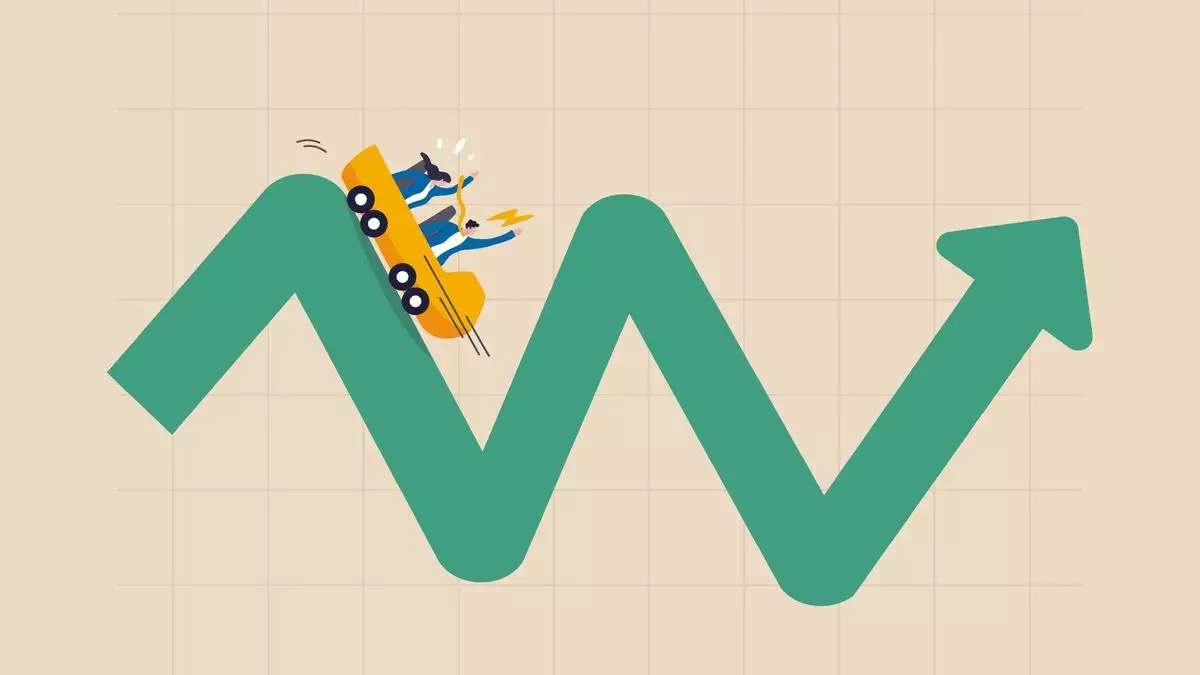As the travel industry grapples with a period of significant change, U.S. hotels are navigating the turbulent waters of market uncertainty. Recent reports highlight a deceleration in crucial metrics—revenue per available room (RevPAR) has crept up just 0.8%, with occupancy rates dipping slightly by 0.3%. This slowdown, which some analysts attribute to a confluence of disruptive events, signals that our collective enthusiasm for travel may be undergoing a long-awaited recalibration. The pandemic-induced travel boom seems to be peaking, and the industry’s broader economic landscape is causing stakeholders to contemplate the future with a blend of optimism and caution.
The indicators of distress are becoming increasingly observable, with rising average daily rates (ADR) failing to keep pace with overall inflation. It stands to reason that consumers, who typically exercise caution during economic fluctuations, are becoming more selective in their spending, with hotel stays being one of the first luxuries to be scrutinized. According to industry experts, the past few years of growth may have built a ceiling on expectations, leading us to a climate where sustained increases may be an artifact of the past.
Market Dynamics and External Factors
The current economic context is marked by unpredictable elements that muddy the forecasting waters. Factors such as recent natural disasters, significant sporting events like the Super Bowl, and fluctuating demand from neighboring countries like Canada add an excessive layer of complexity. Isaac Collazo, vice president of CoStar Group’s STR Inc., thoughtfully observes that while data suggests a slowdown, the volatility experienced is not a harbinger of doom; rather, it’s part of the market’s natural cycle.
Bob Webster of CBRE echoes this sentiment, bringing to light an important historical pattern: a downturn often leads to moderated demand. The climate seems poised for a plateau following years of steep growth, and analysts are bracing for the possibility of decreased inbound travel owing to global political factors. The challenge lies not only in understanding how these dynamics play out but also in discerning how they will shape consumer behavior moving forward.
Promotional Trends: A Dance of Discounts
As hotel operators adjust to changing demand, a notable increase in promotional offerings has emerged, particularly appealing to family-oriented travelers. The temptation of discounted pricing could stimulate demand in an environment fraught with uncertainty. Walt Disney World’s current half-off deal for children’s theme park tickets serves as a prime example of how businesses are leaning into marketing tactics designed to entice families who might otherwise forgo vacationing altogether.
Interestingly, this promotional wave also comes in the wake of a broader travel price correction. According to NerdWallet, travel prices have decreased 2% year over year as of March, an unexpected trend in light of rising inflation. With airfare and hotel rates leading the reductions, consumers now face a paradox: while living costs are on the rise, many travel experiences are becoming more affordable, prompting families to consider vacations as feasible again—if only temporarily.
The Luxury Sector: A Beacon of Strength
Amidst the highs and lows of the broader hotel market, the luxury sector shines with remarkable resilience. Early reports from CoStar Group indicate that RevPAR in luxury accommodations surged approximately 7.6% in preliminary Q1 figures—an impressive stride that suggests a shift in consumer behavior. Many affluent travelers appear less impacted by the broader economic malaise, continuing to seek experiences that align with their expectations of quality and exclusivity.
This resilience may stem from evolving booking behaviors following a pandemic that transformed how luxury travel is perceived. What was once a focus on domestic escapes has transitioned to a growing interest in international destinations, allowing high-end hotels to capitalize on a broader consumer base seeking refined experiences.
Looking Ahead: A Market in Flux
While the outlook remains cloudy and rife with unpredictability, it appears crucial for industry stakeholders to adapt swiftly. The increasing levels of volatility complicate the task of forecasting and strategic planning within the hospitality sector. As the market continues to evolve, reactive strategies toward pricing, promotions, and customer engagement could prove essential for hotels striving to maintain occupancy and drive revenue.
Promotions may be the band-aids that stimulate short-term demand, but lasting growth will likely hinge on the industry’s ability to discern and respond to shifting consumer sentiment. As we navigate this complex landscape, understanding that the luxury hotel sector stands resilient against the tide may offer critical insights for industry players striving not just to survive but thrive in a new era of travel.


Leave a Reply